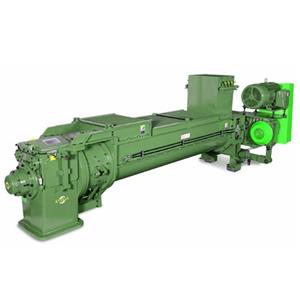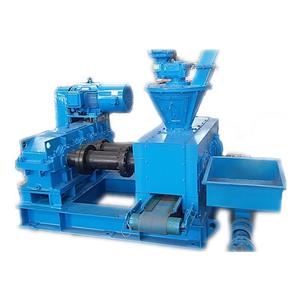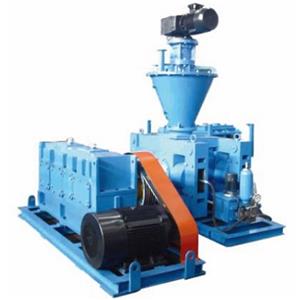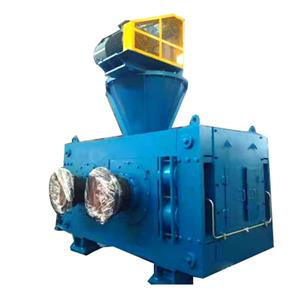China's Cellulosic Ethanol Development Path Becomes Clearer
Introduction:With the deepening of the "Dual Carbon" strategy, cellulosic ethanol, as a core direction of second-generation bio-liquid fuels, has regained focus in the energy and chemical industry due to its significant potential in emissions reduction, avoiding competition with food supplies, and waste resource utilization. Through over a decade of technological accumulation and engineering demonstration, China has achieved a series of breakthroughs in core technologies, equipment, and industrial demonstration, moving from the "technology verification" stage to the critical "pre-commercialization" phase.
I. Breakthroughs in Core Technologies: From Being "Stuck" to Self-Sufficiency, Building the Industrial Foundation
The core bottleneck in cellulosic ethanol industrialization lies in the economical and efficient conversion of structurally complex lignocellulosic biomass into fermentable sugars. Joint efforts by Chinese research institutions and enterprises have achieved multiple breakthroughs in the technological chain:
1.Efficient Pretreatment Technologies:Targeting the biomass's dense anti-degradation barrier, adaptive technologies such as steam explosion, dilute acid pretreatment, and low-temperature alkaline pretreatment have been developed. Key breakthroughs include low-energy consumption, low-inhibitor generation pretreatment processes, laying a solid foundation for improving subsequent enzymatic hydrolysis efficiency. Frontier technologies like novel deep co-solvent pretreatment are also being explored, aiming for efficient separation of the three components: lignin, hemicellulose, and cellulose.
2.Domestication and Cost Control of Cellulase Preparations:The cost of efficient cellulases has long been a major constraint on industrialization. Using methods like metagenomic screening, rational protein design, and microbial metabolic engineering, China has successfully constructed high-efficiency enzyme-producing strains with independent intellectual property rights. Domestic enzyme preparations have significantly improved in enzyme activity, heat tolerance, and synergistic effects, with costs reduced by over 50% compared to imported products, breaking foreign technological monopolies and clearing a key obstacle for large-scale application.
3.Process Integration and Innovation:To simplify processes and reduce energy consumption and investment costs, process integration has become a mainstream trend.
Simultaneous Saccharification and Fermentation (SSF)and its derivative processes are widely used in demonstration projects, effectively alleviating product feedback inhibition and improving conversion efficiency.
The more forward-looking Consolidated Bio processing (CBP technology has become a R&D hotspot. By engineering superior microbial strains capable of directly utilizing cellulose substrates and simultaneously producing ethanol, CBP holds the potential to eliminate the separate enzyme production step entirely, representing a key direction for existing technological pathways and achieving ultimate cost reduction.
II. Industrial Demonstration: Bridging the "Last Mile" of Engineering Scale-up
Technological breakthroughs must ultimately be validated through engineering. China has successfully built and operated several ten-thousand-ton scale cellulosic ethanol demonstration projects in Shandong, Henan, Heilongjiang, and other locations. These projects have not only verified the feasibility of the core technologies mentioned above but have also accumulated valuable data in engineering practices such as continuous stable operation, process energy optimization, wastewater and residue treatment, and equipment material selection. For example, one demonstration project integrated lignin residue-based cogeneration technology, achieving energy self-sufficiency for the plant and significantly improving overall energy efficiency and economics.
III. Future Trends and Challenges: Policy, Cost, and Industrial Chain Synergy
Despite promising technological prospects, achieving full marketization of cellulosic ethanol still requires overcoming the following key hurdles:
1. Policy Drive and Carbon Value Realization:Beyond existing renewable energy subsidies, the industry urgently needs stronger long-term policy mechanisms. The derivative application of renewable energy power quota systems, the formulation of mandatory green fuel blending standards, and particularly the inclusion of cellulosic ethanol in the China Certified Emission Reduction (CCER) market to monetize its carbon reduction value, will be core drivers for industrial investment and development.
2.Whole Industrial Chain Cost Optimization: Currently, feedstock collection, storage, and transportation costs account for about 35%-40% of the total production cost. Establishing an intensive and standardized supply chain system for agricultural and forestry residues is key to reducing feedstock uncertainty and cost. Simultaneously, adopting a biorefinery model to achieve high-value utilization of components like hemicellulose and lignin is the essential path to enhancing the economics of the entire industrial chain through product diversification and value maximization.
3.Continuous Technological Iteration and System Integration:The focus of next-generation technology competition lies in process intensification and intelligence. By developing new reactors, membrane separation, catalytic conversion, and other unit operations, combined with AI-based process control, achieving refined and intelligent management of the entire production process will further unlock cost-reduction potential.
Conclusion:
China's cellulosic ethanol industry has progressed beyond pure R&D into a new phase centered on commercial feasibility verification and model exploration. Under the top-level design of the "Dual Carbon" goals, a triangular support system comprising precise policy support, continuous technological cost reduction, and industrial chain synergistic value-added is taking shape. The next five to ten years will be a strategic window determining whether it can successfully transition from demonstration to large-scale commercial application, ultimately securing a place in China's energy structure and chemical feedstock system.




